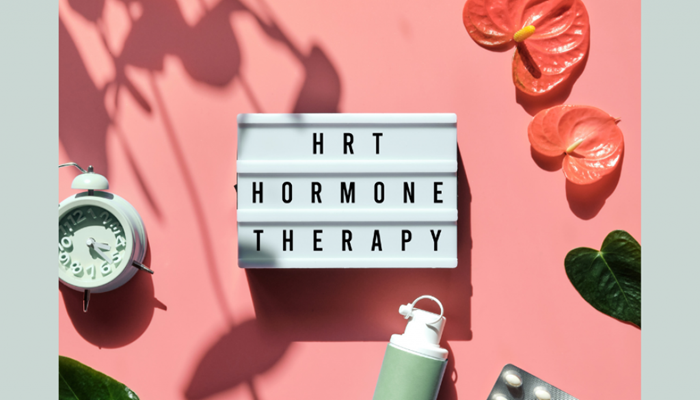Hormone Replacement Therapy (HRT) has emerged as a significant medical approach with far – reaching implications for many women.
HRT involves the use of hormones, typically estrogen and progesterone, to supplement the body’s natural hormone levels. It’s often prescribed to women during menopause, a time when their ovaries start producing less of these hormones. But its applications extend beyond just menopause. In some cases, younger women who have had their ovaries removed may also require HRT to maintain hormonal balance.
During menopause, the decline in hormones can lead to a host of uncomfortable symptoms. Hot flashes, those sudden waves of heat that can make a woman feel flushed and sweaty, can be greatly alleviated with HRT. Night sweats, which can disrupt sleep and leave a woman feeling exhausted, are also often improved. Mood swings, which can range from mild irritability to more severe bouts of depression, can be stabilized with the help of HRT. Additionally, vaginal dryness, which can cause pain during intercourse and other discomforts, can be reduced.
HRT plays a crucial role in maintaining bone density. As women age and their hormone levels drop, they become more susceptible to osteoporosis. Estrogen, in particular, helps to keep bones strong by inhibiting the breakdown of bone tissue. By supplementing estrogen through HRT, the risk of fractures and other bone – related problems can be significantly decreased.
There has been some research suggesting that HRT may have a positive impact on heart health. Estrogen can help improve cholesterol levels by increasing the amount of “good” cholesterol (HDL) and decreasing the “bad” cholesterol (LDL). However, this benefit is not without controversy, and more research is needed. It’s important to note that the decision to use HRT for heart health should be made on an individual basis, considering other risk factors.
While HRT has its benefits, it’s not without risks. There is an increased risk of breast cancer with long – term use of combined estrogen – progesterone HRT. The risk is relatively small, but it’s a significant factor that doctors and patients must consider. There’s also a slightly elevated risk of blood clots, which can be dangerous as they can lead to strokes or pulmonary embolisms. Women with a history of breast cancer, blood clots, or certain other medical conditions may not be suitable candidates for HRT.
The use of HRT is not a one – size – fits – all approach. Doctors will consider a woman’s age, medical history, family history, and the specific symptoms she’s experiencing. There are different forms of HRT available, including pills, patches, creams, and vaginal rings. The choice of which form to use depends on various factors, such as the woman’s preference, any existing medical conditions, and the desired route of hormone delivery.
In conclusion, HRT has an important role in managing menopause symptoms and maintaining women’s health in certain aspects. However, it’s a decision that should be made after careful consideration of the potential benefits and risks, in consultation with a healthcare provider. By understanding the role of HRT, women can make more informed choices about their health and well – being.
Read more:
- Will Taking HRT Help With Weight Loss?
- What’s New In HRT: A Quick Guide
- Understanding The Best HRT Therapy For Premature Ovarian Failure


